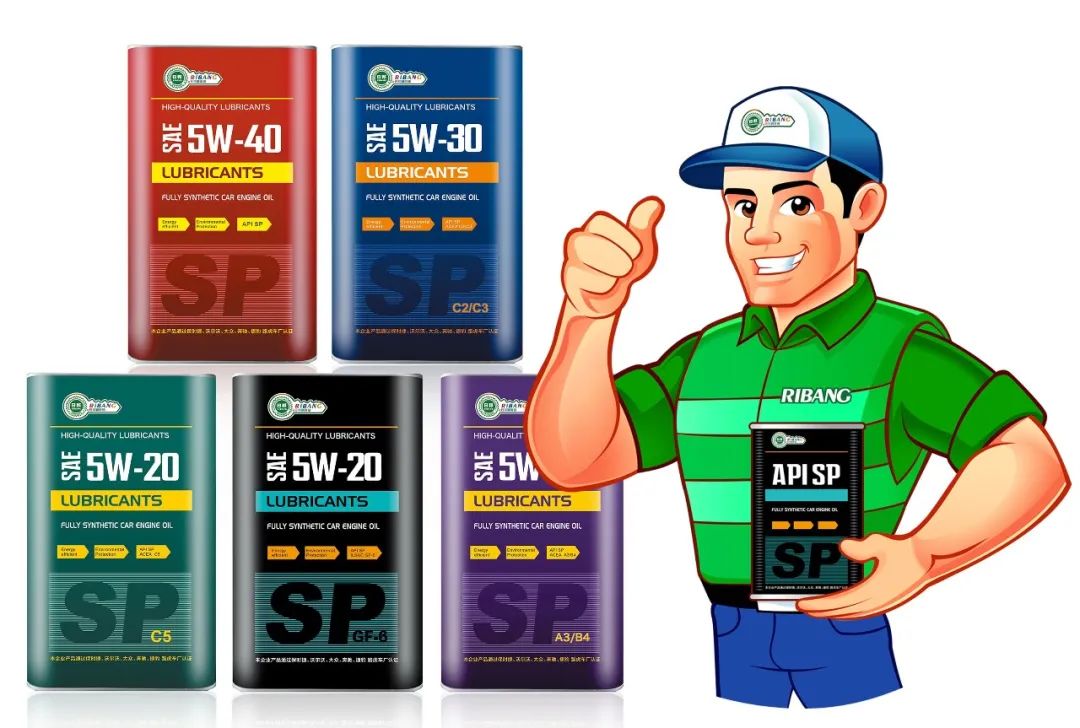- English
- 简体中文
- Esperanto
- Afrikaans
- Català
- שפה עברית
- Cymraeg
- Galego
- 繁体中文
- Latviešu
- icelandic
- ייִדיש
- беларускі
- Hrvatski
- Kreyòl ayisyen
- Shqiptar
- Malti
- lugha ya Kiswahili
- አማርኛ
- Bosanski
- Frysk
- ភាសាខ្មែរ
- ქართული
- ગુજરાતી
- Hausa
- Кыргыз тили
- ಕನ್ನಡ
- Corsa
- Kurdî
- മലയാളം
- Maori
- Монгол хэл
- Hmong
- IsiXhosa
- Zulu
- Punjabi
- پښتو
- Chichewa
- Samoa
- Sesotho
- සිංහල
- Gàidhlig
- Cebuano
- Somali
- Тоҷикӣ
- O'zbek
- Hawaiian
- سنڌي
- Shinra
- Հայերեն
- Igbo
- Sundanese
- Lëtzebuergesch
- Malagasy
- Yoruba
- Español
- Português
- русский
- Français
- 日本語
- Deutsch
- tiếng Việt
- Italiano
- Nederlands
- ภาษาไทย
- Polski
- 한국어
- Svenska
- magyar
- Malay
- বাংলা ভাষার
- Dansk
- Suomi
- हिन्दी
- Pilipino
- Türkçe
- Gaeilge
- العربية
- Indonesia
- Norsk
- تمل
- český
- ελληνικά
- український
- Javanese
- فارسی
- தமிழ்
- తెలుగు
- नेपाली
- Burmese
- български
- ລາວ
- Latine
- Қазақша
- Euskal
- Azərbaycan
- Slovenský jazyk
- Македонски
- Lietuvos
- Eesti Keel
- Română
- Slovenski
- मराठी
- Srpski језик
What is a lubricant antifoam agent
2024-06-19
https://www.sdrboil.com/high-performance-vehicle-gear-oil-gl-5-2.html
What is a lubricant antifoam agent

Modern lubricants, whether engine lubricants, industrial lubricants or transmission lubricants contain a certain amount of additives, such as viscosity index improver, coagulant reducer, detergent, dispersant, antioxidant, antirust agent, extreme pressure antiwear agent and so on.
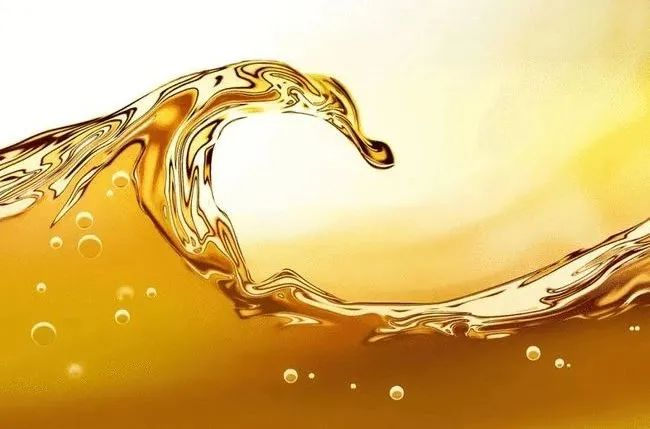
In the use of oil will have a tendency to generate foam, and stabilize the formation of foam will cause extremely adverse consequences, not only resulting in a waste of lubricating oil loss, but also reduces the use of oil performance, resulting in wear and tear of the machine.
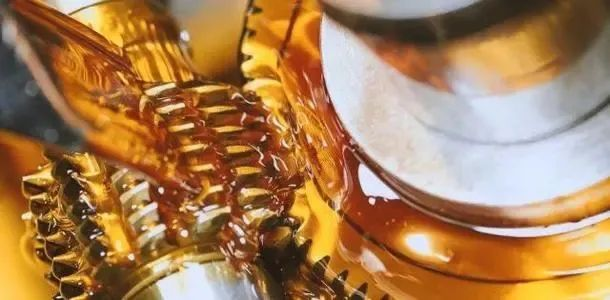
In order to prevent the lubricating oil to generate foam or as soon as possible to generate the elimination of foam in the lubricating oil used in the anti-foam additives is the best way, then anti-foam agent is how to work? For anti-foaming agent and how to choose it?

Lubricant foaming can be divided into two kinds, one is the surface foam, the other is the foam inside the oil, usually can use anti-foam agent to control, through the surface foam inhibition to make the oil inside the foam tends to stabilize.
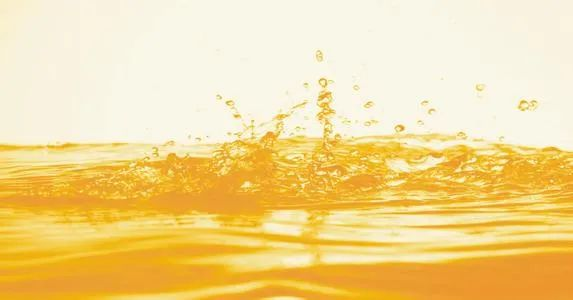
Anti-foaming agent role of the mechanism is more complex, say different, representative of the viewpoints have to reduce part of the surface tension, expansion and penetration of the three points of view.
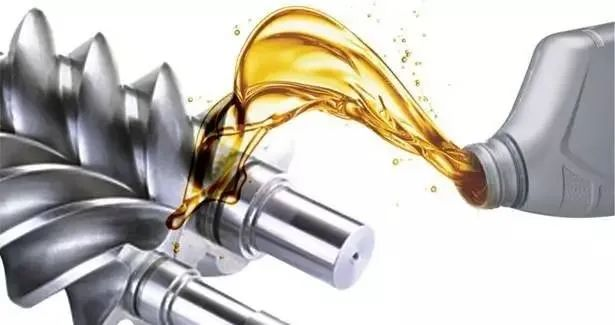
1. Reduce surface tension
This mechanism is realized by reducing the surface tension, this view that the surface tension of the antifoam agent is smaller than the foaming liquid, when the antifoam agent in contact with the bubble film, so that the surface tension of the bubble film is partially reduced and the rest of the bubble film remains unchanged, the bubble film is stronger than the tension of the weaker part of the tension traction, so that the foam rupture. But this mechanism is limited to the local position, because this kind of material is not soluble in water, so the diffusion force is poor, for the surrounding foam does not play a big role. When the local tension of the foam surface decreases, under the action of this force, it slowly spreads to the surrounding area, and finally rupture is formed.

2. Expansion
This view is that the anti-foam agent droplets invade the bubble membrane to make it part of the membrane, and then expand on the membrane, can effectively inhibit the spread of the active agent, so that it is difficult to play the elasticity of the ability to eliminate the surface foam.
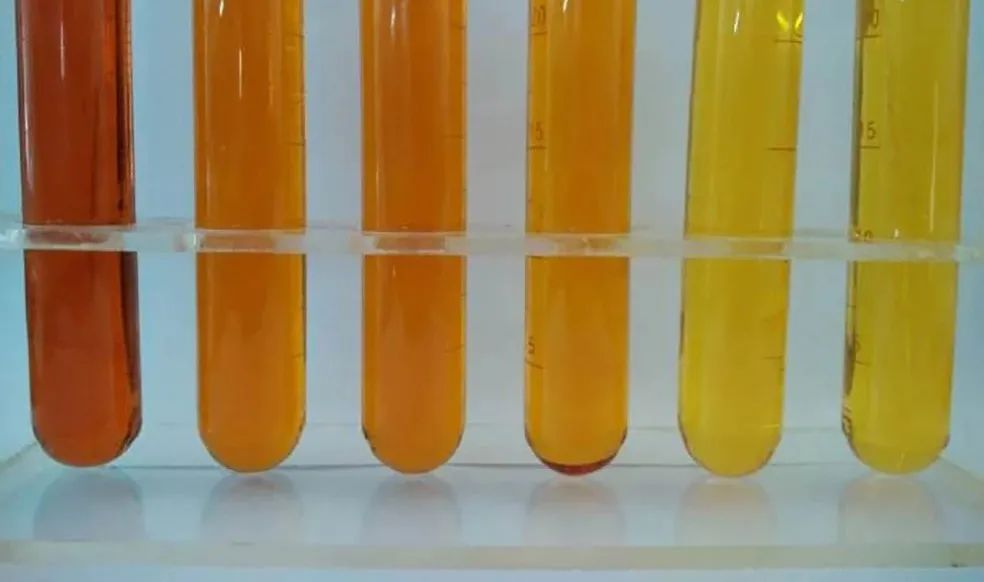
3. Penetration
This view that the role of anti-foaming agent is to increase the permeability of the bubble wall to air, thereby accelerating the merger of the foam, reducing the strength and elasticity of the bubble membrane wall, to achieve the purpose of bubble-breaking effect.
